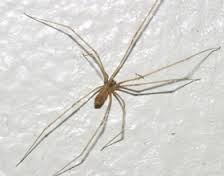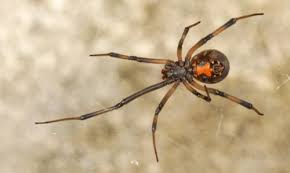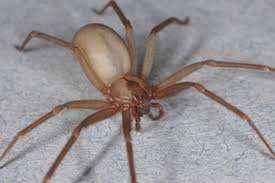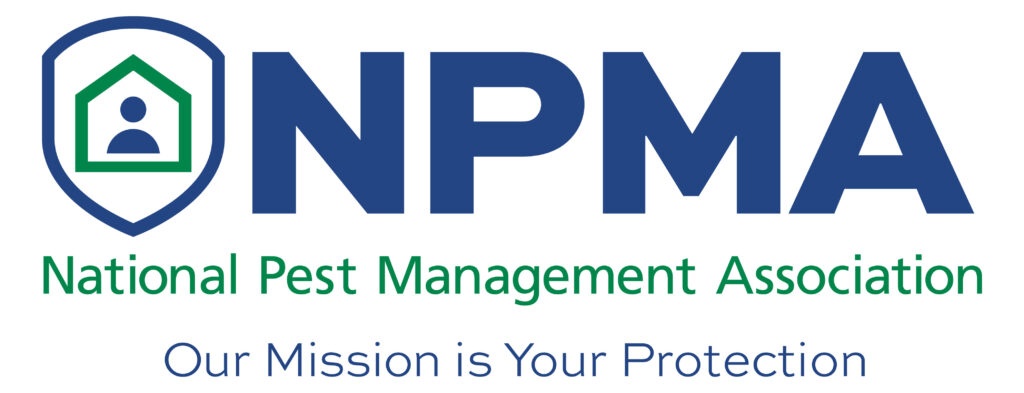 House Spider
House Spider
As their name suggests, house spiders are the most common species of spider to invade homes and other dwellings. House spiders are a nuisance species of spider. They do not pose a threat to people but can become quite annoying in a home as they build and abandon many webs in an attempt to catch prey. Female house spiders are larger in size than males; adults range in size from 1/8th to 5/16th of an inch in length. They are yellowish brown in color with darker chevron markings; their abdomen is a whitish color.
 Wolf Spider
Wolf Spider
Despite their large size and intimidating appearance wolf spiders are a harmless species. Adults can range in size from ¼ – 1 3/8th of an inch in length with females being larger than the males. Wolf spiders have spiny long legs and are dark brown in color with tan or yellow stripes or other markings on their stout body. Wolf spiders don’t build webs – outside they live in burrows; inside they live in dark hard to reach areas. Wolf spiders run very quickly and chase their prey inside catching them in webs.
 Black Widow Spider
Black Widow Spider
Black widow spiders are a poisonous species of spider, and despite what people may think they are not aggressive by nature. They are actually very shy. Most bites occur accidentally when a person unknowingly handles one or when the spider is squished in clothing or shoes. They are shiny black in color and known for their distinctive red hourglass shape that can be found under their abdomen. Black widow spiders are 1 ½ – 1 3/8th of an inch in length and have a “round” body shape. The venom from the black widow spider affects the nervous system of their victim.
 Brown Recluse Spider
Brown Recluse Spider
Brown recluse spiders are another species of poisonous spider that are not aggressive by nature, and as their name suggests are quite reclusive. They spin irregular shaped webs, not to catch prey in, but to rest in. Brown recluse spiders are dark brown in color with a violin-like marking on their back. They range in size from ¼- ½ of an inch. The venom from a brown recluse spider causes the tissue around the bite to ulcerate. The ulcerated tissue is very prone to infection, and the wound can take months to heal.




